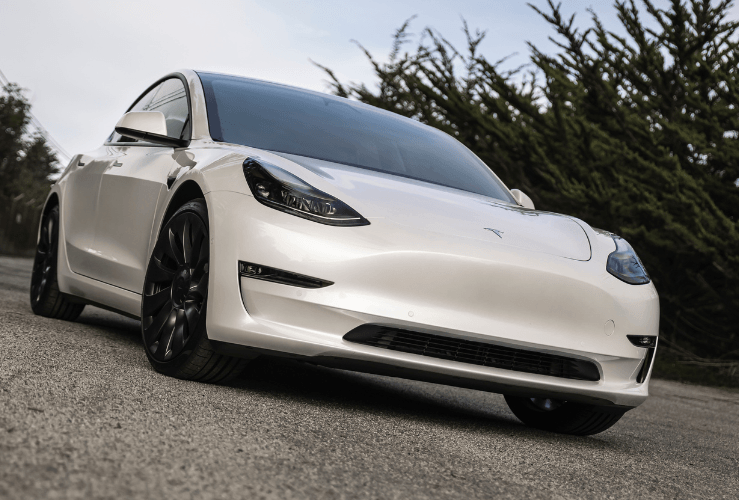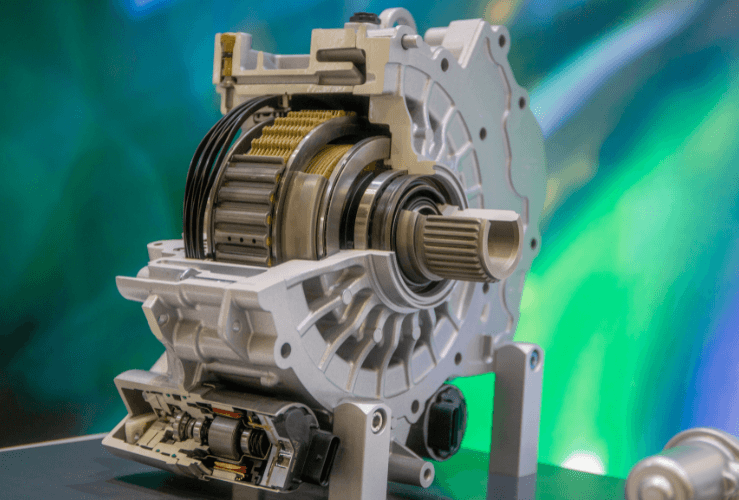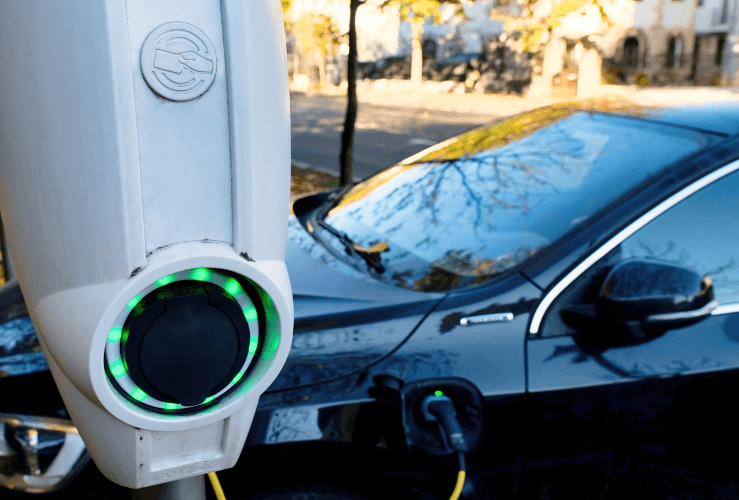From 2030, the sale of new petrol and diesel cars in the UK will be banned. so many of us are turning our thoughts to buying an EV.
If you're new to electric vehicles, it is challenging to get your head around some of the concepts.
But one that’s worth understanding is the difference between single and dual motor electric cars.
Most electric vehicles are based on a single motor option but if you’re willing to spend a little more on your EV, a dual-motor EV can provide enhanced performance compared to its one motor counterpart.
If you're on the verge of buying an EV for the first time, you'll need to decide which is right for your needs and budget.
Here we'll explore some of the most common questions about single-motor and dual-motor EV’s to help you with deciding the right EV for you...
 Credit: SvetlanaSF - stock.adobe.com
Credit: SvetlanaSF - stock.adobe.com
What are the key differences between single and dual-motor cars?
Single motor EVs
A single-motor EV has one motor that powers the front or rear wheels. The electric motor is connected to a single-speed transmission that distributes power to the wheels via a differential.
Dual motor EVs
Conversely, a dual-motor EV has two motors, usually one powers the rear wheels and the other motor powers the front wheels.
With a dual-motor EV, power can be distributed to the axel as required. For example, if the rear axle loses traction, power can be cut to that specific axle.
That said, in rare cases, vehicles can have two electric motors but not feature AWD,
A dual motor will deliver more speed and power than a single motor model - but will cost more.
Do I really need the extra power of a dual motor?
In reality, you would need to be something of a connoisseur of sports cars to appreciate some of the advantages of dual motor electric cars - and be able to access the open roads (or private land) to enjoy them.
That said, if you're intent on buying an EV that's comfortably in supercar territory, the dual motor Tesla Model 3 Performance is a case in point - the pinnacle of the three-model line-up.
The Performance Model 3 offers 450 HP, up from the Dual Motor AWD’s 346 HP, which is in turn a notable increase on the Standard Range Plus' 221 HP.
Does a dual motor mean all wheel drive?
Yes, a dual motor EV is effectively a four wheel drive vehicle, meaning it's better at dealing with wet, icy or otherwise slippery conditions than a single motor variant.
An AWD electric car is especially good for moving off in icy or snowy conditions - although it's no panacea.
But if you live in a more rural location where weather is more of an issue, opting for dual motors is something to consider.
That said, single-motor EVs - which are almost invariably front wheel drive - are sufficient for most.
On a side note, you should consider battery capacity in colder climes - since cells do not keep their charge as effectively. EVs with more capacity may well be the dual-motor versions - certainly in the case of the Tesla line-up.
Single vs dual-motor EVs: Which is best for handling?
It's worth noting that while most EVs are front wheel drive, some are not - notably the Tesla Model 3 Standard Range Plus, which is rear wheel drive.
When it comes to handling, a RWD single motor vehicle is superior to FWD single motor vehicles, and may even be better than a more costly AWD EV (such as the Tesla Model 3 Performance).
The simple fact that the back wheels are dealing with moving you and the front wheels are handling the steering makes for superior dynamics in RWD EVs.
Single vs dual-motor EVs: Which is best for range?
With combustion engine vehicles, all wheel drive/4x4s are invariably less fuel efficient. But with EVs, this isn’t always true.
Going back to the dual motor Tesla example, the extra weight of the AWD Performance model is offset by the presence of a larger battery, meaning the off-roader has more range than the Standard Range Plus.
Single vs dual-motor EVs: Which is best for speed?
Much has been made of EV acceleration and speed - with some models (such as the single-motor Tesla Model 3 Standard Range Plus) outperforming more traditional combustion-engine sports cars (such as the Ferrari Testarossa and Lamborghini Countach).
For most, the acceleration and speed of something like the single-motor Model 3 is more than enough.
But if you want a level of acceleration superior to cars like the Ferrari F360 or the Aston Martin Vanquish, a dual motor EV such as the Tesla Model 3 Performance, would be the best choice.
Single vs dual-motor EVs: Which is the best value?
A dual-motor EV has some distinct advantages, but for the budget-conscious car buyer, they are hardly essential.
So unless you have extra cash to burn, opting for a single-motor EV could offer better value.
But when the time comes to sell your EV, you'll discover it has lost around 40% of its value over three years.
The Tesla Model 3 and Model X both hold their value well, and according to Kelley Blue Book (KBB), those with longer range keep their value best.
This means that dual-motor EVs with larger batteries - and therefore longer range - may keep their value better.

Single vs dual-motor EVs: Which is best for reliability?
With fewer moving parts - and therefore fewer things to go wrong - single motor EVs may offer better reliability compared to dual motor models.
It may also be less costly to repair due to being less complex.
However, reliability is unlikely to be a significant issue for either single- or dual-motor electric cars.
Single vs dual-motor EVs: Which is best for government EV grants?
The UK government no longer provides grants for passenger EVs - whether they are single or dual motor versions.
Single vs dual motor EV conversions
It is possible to convert combustion engine cars with either single or dual motors. In fact, some of the key EV conversion firms offer conversions with dual motors - despite the extra complexity and cost.
Conclusion
If you can spare the extra cash, investing in a dual motor EV could be a good choice. It will offer better traction in winter, better handling (in some conditions), and potentially more range.
However, if you are on a tighter budget, a single-motor EV will offer more than enough in terms of speed, handling and range.
Plus, you'll save a significant sum over a dual-motor EV. For example, the Tesla Model Standard Range Plus starts at £40,490, rising to £60,500 GBP for a dual-motor Model 3 Performance.
For most of us, paying an extra £20,000 for more performance and range will only make sense if we can actually use it and enjoy it.
But for school drop-offs, shopping, and the occasional road trip, a dual motor set-up might seem like an unnecessary - and costly - luxury.





